- tiná7 cht ti temíxw (We Come from This Land)
- Page Two Books (2024)
Howe Sound? It’s called Átl'ḵa7tsem in the Sḵwx̱wú7mesh language, where Sínulhḵay, the two-headed serpent, once lay.
Lumbermen’s Arch at Stanley Park? It was the village of X̱wáýx̱way, where people made spiritual masks from nearby cedar, until settlers came and demolished the community to build a road.
The Burrard Inlet? Before the shores were dredged and lined with industry, the beaches teemed with clams, codfish, crab and oysters. “When the tide goes out, the table is set,” people would say.
But when Kwetásel’wet (Steph Wood), who is Sḵwx̱wú7mesh, attended public school in North Vancouver, the focus of her history classes was elsewhere.
“There was an hour dedicated to residential schools,” she said. The fur trade got more time than that.
The Sḵwx̱wú7mesh people have lived on the west coast of British Columbia for thousands of years. Their traditional territory spans over 6,700 square kilometres and stretches from what is now called Vancouver’s Point Grey to Gibsons Landing to the area north of Howe Sound.
But with colonization, everything from stories to traditional practices to the spoken language was at risk of being lost.
Wood, now 31, and others in her community have put together a book so that future generations — and settlers unaware of what came before — have an overview of Sḵwx̱wú7mesh culture and history.
The book is titled tiná7 cht ti temíxw (We Come from This Land) and draws from a vast array of sources: oral and written, family stories and legal documents, from within the community and colonial archives. As the lead writer for the project, Wood pored over everything from recordings of late leaders and handwritten notes on ethnobotany, to modern news clippings and podcasts.
The book, at 416 pages and illustrated with art and photos in colour, is intended to be only a “snapshot” and “a walkthrough” of all things Sḵwx̱wú7mesh, say Wood and her collaborators. Still, the book serves as an essential history and cultural overview for everyone living in the territory and beyond.
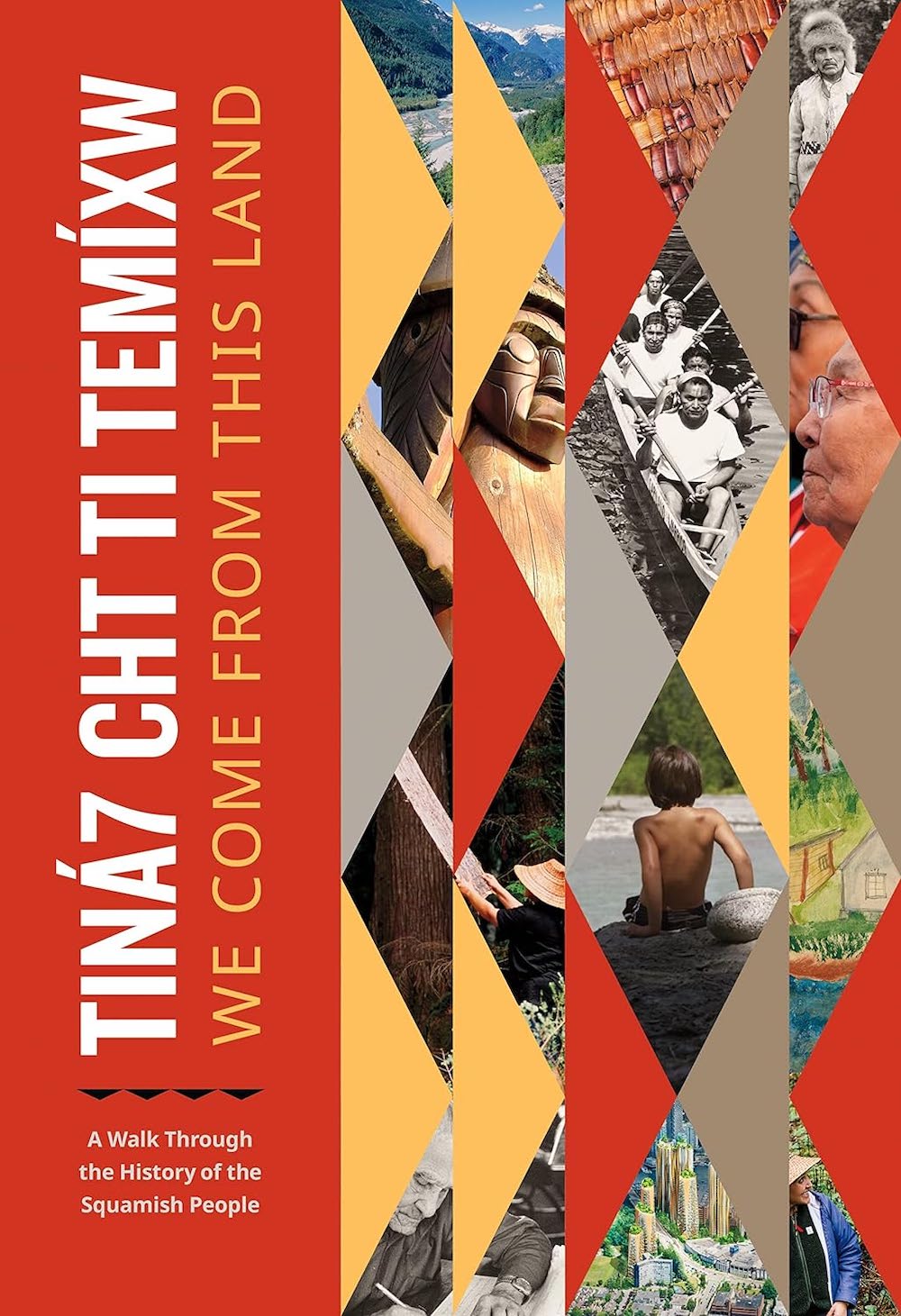
Legends, histories and everyday life
The legends are thrilling, with heroes like Xwechtáal the serpent slayer, creatures like the powerful Thunderbird and Earth-changing events like the Great Flood. These cosmogonic and etiological tales are set in our local forests, mountains and waters, explaining how things came to be, like the mountains that settlers know as the Lions and the Sḵwx̱wú7mesh know as the Two Sisters, which comes from a story about twins.
Artist Sesémiya (Tracy Williams) explains how important that connection between land and story is: “We need a natural landscape to be able to understand those stories and to keep them alive.”
The book might be a written document, but one of the unique things about it is how it preserves elements of oral tradition. The nation respects “the plurality of our histories,” reads the introduction. “It may include a version of a story that is different from the oral history another family carries. We wanted to bring together the resources available to us, but it is not the be-all and end-all.”
The book notes when there are variations — such as differing accounts of how the first ancestors came into being, as told in different villages — something that comparative mythologists study to trace cultural development. The book also shares stories verbatim, containing personal flourishes and information, inviting the reader into these special, immediate retellings. The name of who handed a story down is always recorded.
The chapters on pre-contact Sḵwx̱wú7mesh life are just as rich as the legends, detailing traditions as seasons pass and from birth to death.
Older siblings taught toddlers about all the colourful berries they could enjoy, and to never eat them before the young ones did, a lesson in sharing and self-discipline. Fish and game caught in the summer are cured for the winter. Large longhouses, some with room for as many as 10 fires, were an example of modular architecture, easily taken apart and rebuilt at another site. They were masters of working with cedar, crafting baby carriers and cradles, weaving the bark with wool into clothing and making caskets to lay people to rest for their passage to the spirit world.
The book becomes a painful read when the colonizers arrive. It shares important information with readers about how Sḵwx̱wú7mesh people undertook diplomacy and fought for their rights amidst genocidal injustices such as the assimilationist residential schools.
The Sḵwx̱wú7mesh side of the story
The chapters that follow contact will be a revelatory experience for settlers who hold on to those sanitized stories of settler-Indigenous relations they learned in grade school, with the book’s Sḵwx̱wú7mesh accounts challenging colonial interpretations of events.
The most dramatic of them is perhaps the differing accounts of contact itself.
Through other communities, news of European settlers and even their goods likely reached Sḵwx̱wú7mesh villages before white people set foot in their territory, according to the book. Calamity, such as disease or extreme weather, was believed to strike every seven years, and the arrival of the settlers was predicted to be such an event.
If you read Capt. George Vancouver’s description of his first meeting with “Indians,” he says that they “conducted themselves with the greatest decorum and civility, presenting us with several fish” and “did not seem to be hostile.”
According to knowledge that Xwechtáal, the Sḵwx̱wú7mesh activist with legal training Andy Paull, heard from his father through those who came before, the “true meaning” of this welcome was to “invoke the all-powerful arrivals to have pity on them.”
“You see, there was motive behind it,” he explained. “They were expecting a calamity and were anxious to do anything to avoid it.”
It is said that the Sḵwx̱wú7mesh were also gifted rum, which they thought had gone bad because they had never encountered the spirit, along with biscuits, which they used as toys, and silver dollars, which they used as buttons.
The name of the bay where they met has since been named Xwelxwalítn, which means “white people.”
“When we read those history books in school about first contact, [they say Indigenous] peoples established little trading posts and that was that,” said Wood. “Our experience on the receiving end was often so erased or homogenized, like a broad-brush description of what happened to ‘all the Indians.’ This specificity of how we recalled contact was important.”
A more recent example of oral history concerns the founding of the mission at the Eslha7án̓ reserve in North Vancouver, which led it to be more commonly known as the Mission reserve.
Settlers blamed Sḵwx̱wú7mesh people for the murders of two white people, and Lt.-Gov. Richard Moody threatened to wipe them out in retaliation. Chief Snat teamed up with a priest by the name of Father Leon Fouquet to petition the government to set up a mission at the reserve so that those who “wished to reject their evil ways and become civilized Christians” would be protected.
The church was built in 1868, and many Sḵwx̱wú7mesh leaders and community members became dedicated Catholics.
Sḵwx̱wú7mesh futures
As the history approaches the present, there are headlines that will be familiar to local settlers. There’s the development of the Park Royal mall, which the Vancouver Sun called poor urban planning. There’s the court battle against Kinder Morgan’s Trans Mountain pipeline expansion.
And among the many stories of land battles, there’s the saga of the village of Sen̓áḵw, located in today’s Kitsilano neighbourhood. The land was expropriated by the provincial government in 1913, the buildings burned and Sḵwx̱wú7mesh people placed on a barge to be ferried to other communities.
The Indian Act forbade Indigenous people from hiring lawyers until 1951. This allowed the nation to launch a legal battle over the expropriation of Sen̓áḵw, an affair that carried on from the 1970s until the early 2000s, when 10.5 acres was returned to the nation, about an eighth of the original reserve lands.
In 2022, the nation broke ground for a development of its own, to offer some 3,000 homes. But this new Sen̓áḵw also met its share of pushback when a local resident group took the city to court for collaborating on the project; the case was was eventually dismissed.
The courts, the book says, are an “imperfect” but “important” tool for Indigenous Peoples, though one that is ultimately “another arm of a colonial state.”
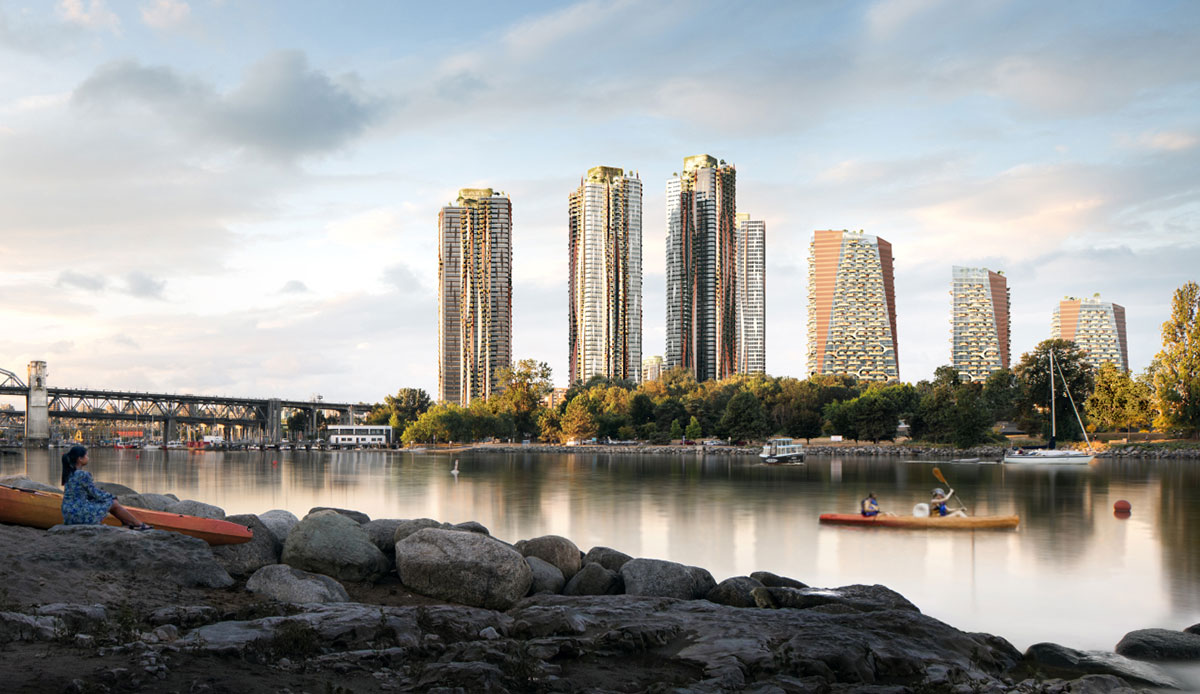
The book was finished in time for a momentous occasion. In 2023, Sḵwx̱wú7mesh people celebrated the 100th anniversary of the amalgamation of their villages into the Squamish Nation. In 2024, the book was publicly published by Page Two Books.
Here’s an interview with lead writer Wood on collaborating with the nation to put tiná7 cht ti temíxw together and what the book means for Sḵwx̱wú7mesh and settler readers. It has been edited for length and clarity.
The Tyee: What was your experience with the stories in this book growing up?
Kwetásel’wet (Steph Wood): I was really close with my family. We spent a lot of time together but didn’t necessarily dive into this stuff. Most of it came from my granny Lucille, Kwinak’atemat-t. I remember her telling us about Sen̓áḵw. My great-great-great-grandmother Háxsten (Harriet George) was taken away on that barge.
We all kind of remember hearing this stuff, but it was more just bits and pieces. As I grew up and started to ask more questions, it would be from my aunties telling me things. [One] auntie gave me a copy of Conversations with Khahtsahlano.
[The well-known text contains transcriptions of conversations between Vancouver’s first city archivist, Maj. James Skitt Matthews, and Xats’alánexw Siyám (Chief August Jack Khahtsahlano), born in 1877.]
The book preserves the oral qualities of how stories are told, with different versions, little asides here and there, and citations of who handed them down. Why was it important to present the book this way?
The book came from the intention that [Elder] Paítsmuk (David Jacobs) set out, to share these documents that we had. Beyond that, Khelsilem [chairperson of the nation’s council] emphasized ways to acknowledge the plurality of our histories.
Each of our families holds a variety of stories, and also different versions of the same stories, and our neighbours hold their own versions of different stories. The way that history has been passed down is different for different nations and different families. So we acknowledge and respect that.
The way our people historically have referenced “here’s where I heard this from” is kind of like the way that we understand references with academics. That was something we emphasized from the beginning, to frame this book the same way that our people would tell history.
When I was listening to recordings of Uncle Louie [Chief Louis Miranda], that’s exactly how he would start each one: where he got it from. He’d be like, “I heard this from my uncle, and he heard this from his father.”
That was super helpful when you realize you’re hearing what may be different versions of a similar story. We would try to include those in the book and say, here’s a slightly different version, here’s how this was passed down and took place in a different location.
That’s why we call the book “a walk” through the history of the Sḵwx̱wú7mesh people. It’s not an academic voice, an omniscient voice that knows everything. We really can’t do that in a book.
The sections about daily life are so vivid. What was it like putting them together for the book?
The lifeways of our people was something that we really wanted to include for the book. I tried to write it in a way that was meditative, slow, like you’re going through the day and the seasons.
There’s tons of stuff in the archives: that salmon and steelhead eggs could be smoked dry, how we used reptiles and bugs, mentions of how our society works, for example, the flood story that talks about the importance of Indian doctors. We tried to paint life with the seasons, the day to day, the growing up. A lot of that you can still see today: the values behind these things are still very existent.
What do you do when you come across a settler source that does happen to hold information about Sḵwx̱wú7mesh history and culture? They might have interviews with prominent Sḵwx̱wú7mesh figures, despite being documented from an outsider’s point of view.
I was grappling with that a lot. Our Elder Vanessa Campbell was really helpful to me. Our people are the knowledge keepers and they chose to share some with these people. They had some agency we may not fully understand. It’s not specifically relying on this white person’s recording [of them], but treating it as another source for ourselves.
Vanessa also emphasized what our people might not have shared at the same time. There’s that one anecdote of Sḵwx̱wú7mesh people literally running away with their children into the woods to keep them away from this anthropologist trying to measure their heads.
Quickly looking up that anthropologist you’re talking about, Franz Boas, it’s ironic that Wikipedia says he’s had a “lifelong relationship with the First Nations of the Pacific Northwest.” And then there’s Charles Hill-Tout, another anthropologist who you call out in the book as an “amateur.”
Yes, he was just a teacher. When you start looking into this, you realize people don’t often dive into who these [experts] were, what their practices were.
You mention that your aunt gave you a copy of Conversations with Khahtsahlano. It might have been compiled by Matthews the archivist, but it also contains interesting pushback. When Matthews asks ridiculous questions, Khahtsahlano challenges him.
I really appreciate those moments because, as a journalist, there is so much assumption laid into some of [Matthew’s] questions. Then Khahtsahlano would be like, the purpose of your question is wrong in the first place.
[In one case, James Skitt Matthews asks why Sḵwx̱wú7mesh people feast and dance at a sad occasion like a funeral. August Jack Khahtsahlano pauses for a moment, which Matthews notes as him being “apparently annoyed at the stupidity of the question,” before he replies, “You got to pay help. Whitemans give drinks [whisky] after funeral. Indians don’t give drinks; he gives eats; something good.”]
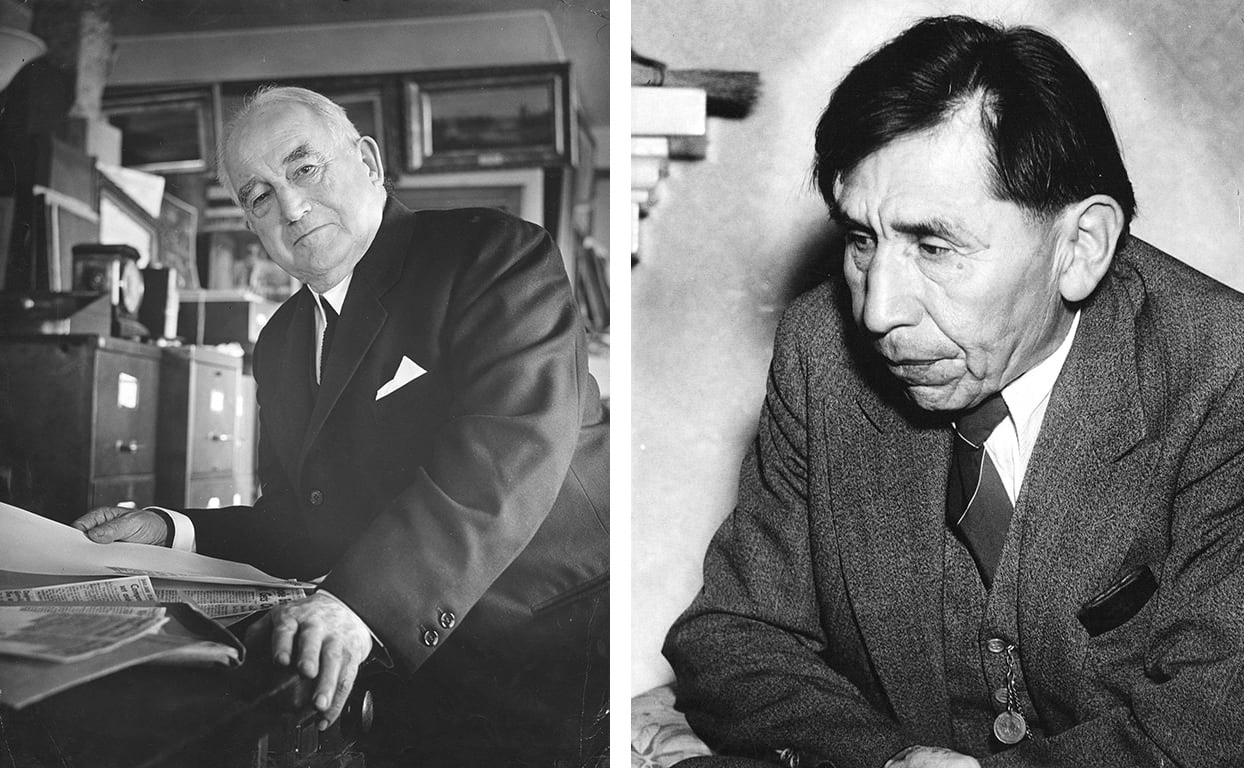
I think we’re all really grateful to have this resource. It’s such an incredible document for the time. But I so often think about what August Jack is choosing to share.
One of the most striking details is that [Matthews] bought two masks off August Jack.
[Catholic priests had asked Sḵwx̱wú7mesh people to destroy them, but Khahtsahlano hid three masks in his home for half a century until Matthews persuaded him to allow them to be photographed. Then Matthews asked to buy them. Khahtsahlano sold him two for $20 and $50 but refused to sell the third, saying it belonged to the people.]
I’m like, whoa, I thought [Matthews] might have been someone who really values the history, learning about how everything’s been stolen, spending all those hours to record it — and he still took those masks. It makes you think, who is this person doing the recording? What kind of extractive relationship might have been playing out? We will never know.
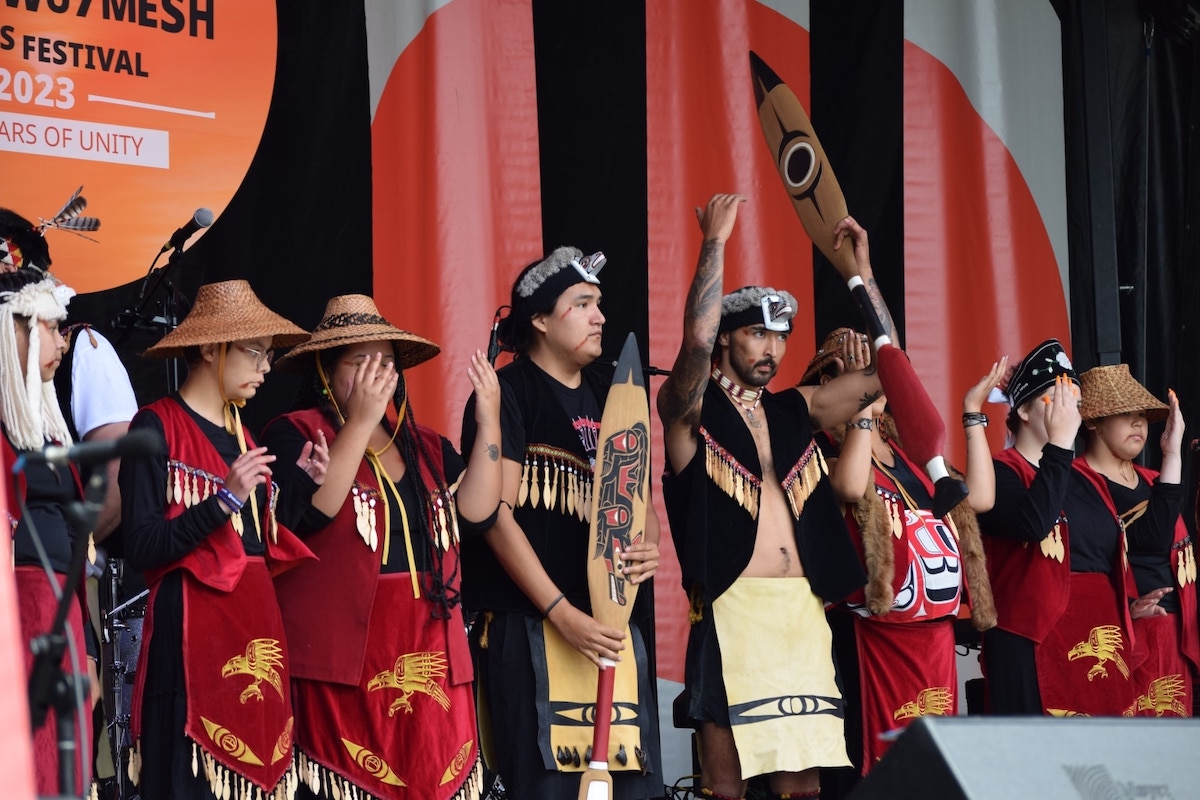
What hopes do you have for Sḵwx̱wú7mesh young people reading this?
Having young people ask questions, that’s something I struggled with when I was younger. Even though you want to learn, you might be shy, insecure or whatever reason for not asking your Elders.
I hope that it serves as a jumping-off point to then go to your auntie or whoever and be like, “Did our families do this? Was this a part of us?” So learning this history, having more questions to ask further, to go into all of the amazing sources we looked at so that they can do their own exploring and have these conversations with their families.
And for settlers?
I’m definitely hoping classrooms would pick this up.
I hope it makes them think about history differently, and the specificity of our history. This is still just a drop in the bucket. It would be amazing for them to engage with this and build a foundational knowledge of where our people come from, what they’ve been through, how hard they’ve fought to hold on to everything, on a small scale and a large scale.
From going to court, everything it took to hold on to our language — all of it. ![]()
Read more: Indigenous, Books, Rights + Justice


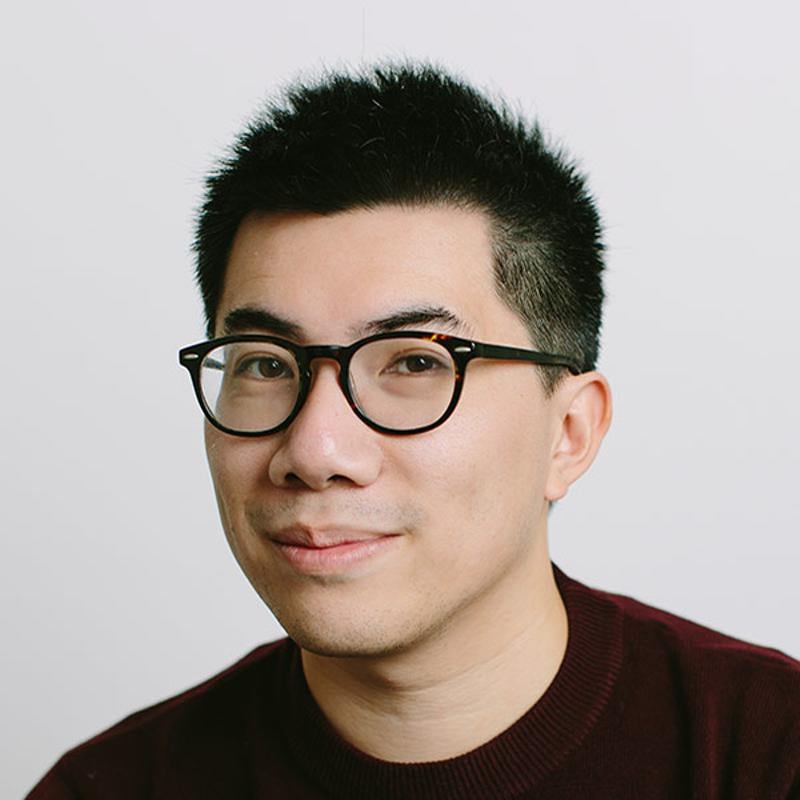

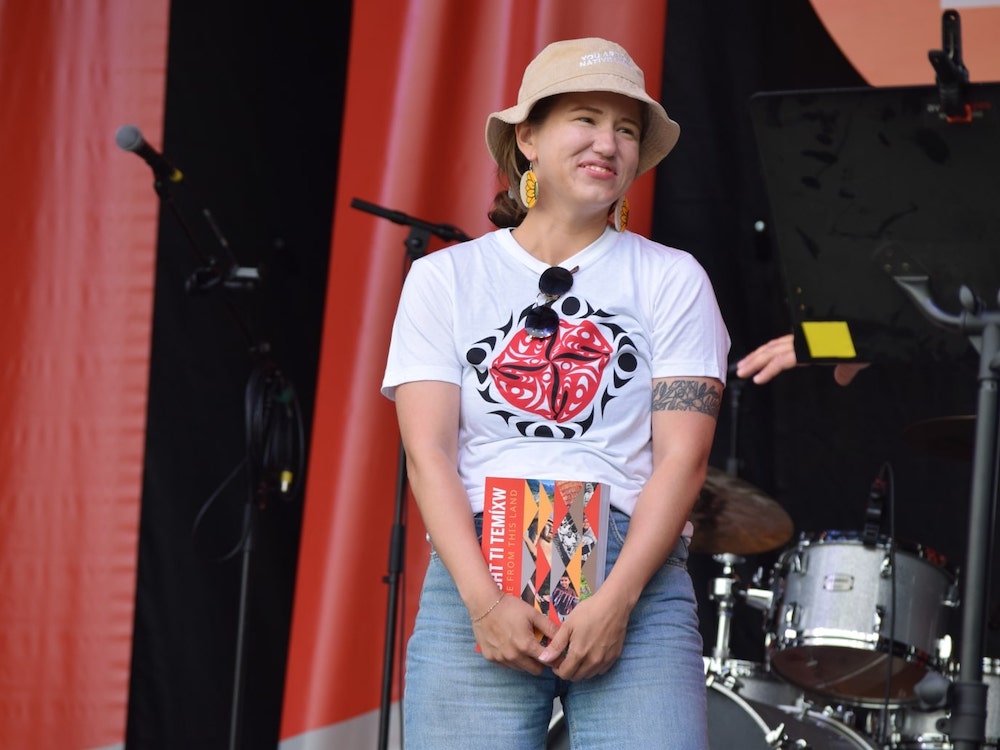


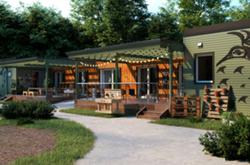

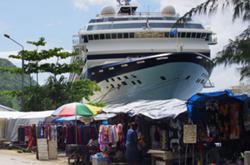


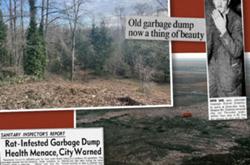
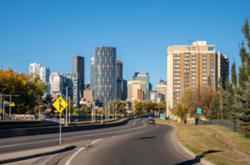



Tyee Commenting Guidelines
Comments that violate guidelines risk being deleted, and violations may result in a temporary or permanent user ban. Maintain the spirit of good conversation to stay in the discussion and be patient with moderators. Comments are reviewed regularly but not in real time.
Do:
Do not: